As part of my research, I'm doing calculations on a hypothetical high-current (4000 A) medium-voltage (5000 V) DC power transmission system using two parallel busbars. However, I need to decide how the busbars are oriented relative to each other, and I can't find information on what best practices are for this. Are there best practices, or does it really depend on the situation?
The main question I have is this: Should the busbars have their long or short sides facing each other; that is, should they be arranged with cross-section like this?
or like this?
(assume the ground plane is to the right, if that makes a difference.)
Edit: Come to think of it, should the ground plane be to the right? I assumed that would be best because we want symmetric impedance to ground on both the positive and negative busbars, but if there's a compelling reason not to, do let me know.

